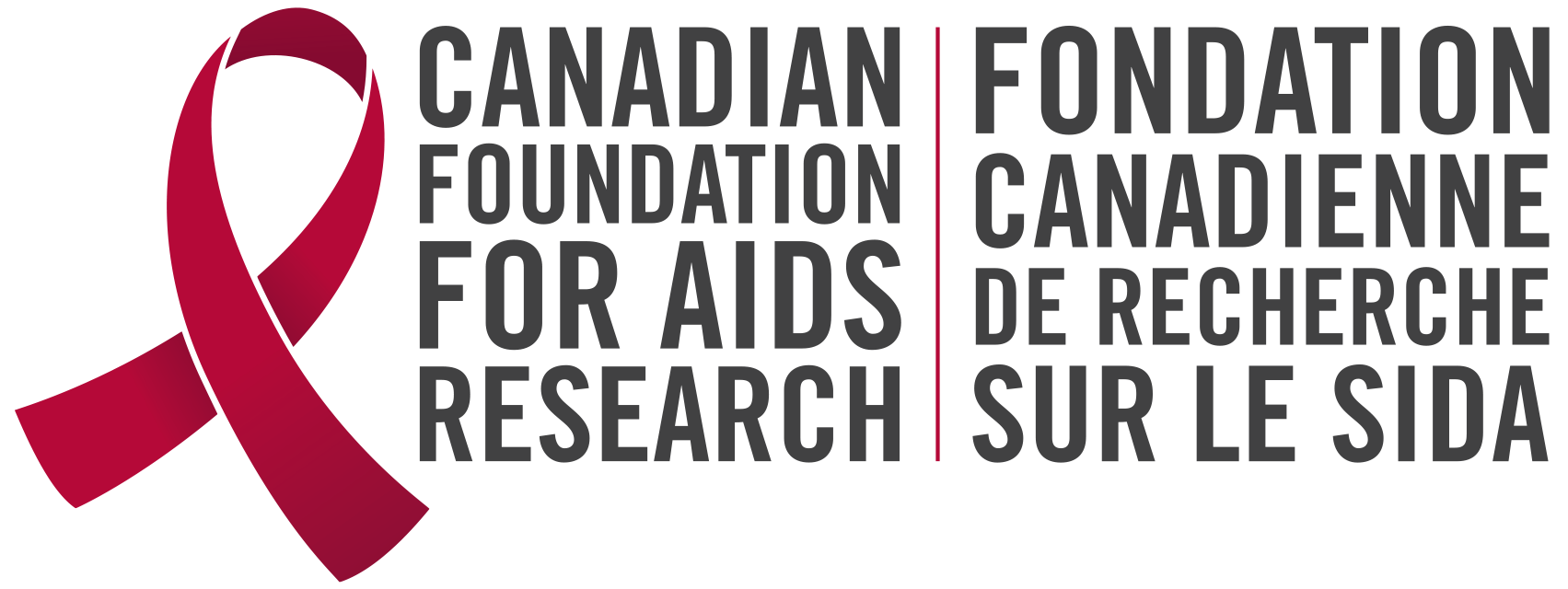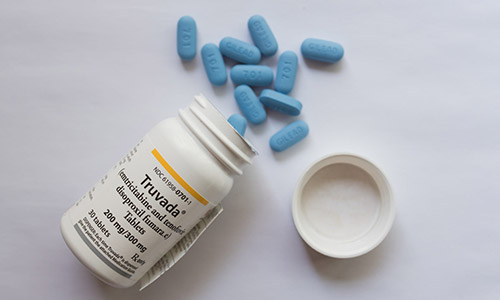History of HIV/AIDS
Scientists believe that HIV originally came from a virus particular to chimpanzees in West Africa during the 1930s, and originally transmitted to humans through the transfer of blood through hunting. Over the decades, the virus spread through Africa, and to other parts of the world.
However, it wasn’t until the early 1980s, when rare types of pneumonia, cancer, and other illnesses were being reported to doctors that the world became aware of HIV and AIDS. This timeline highlights some of the major events and discoveries in HIV and AIDS since this time.
1981
The Discovery
In the US, reporting of unusually high rates of the rare forms of pneumonia and cancer in young gay men begins. The disease is initially called Gay-Related Immune Deficiency (GRID) because it is thought it only affects gay men. Cases are also reported in Injection Drug Users by the end of the year.
1981
1982
1982
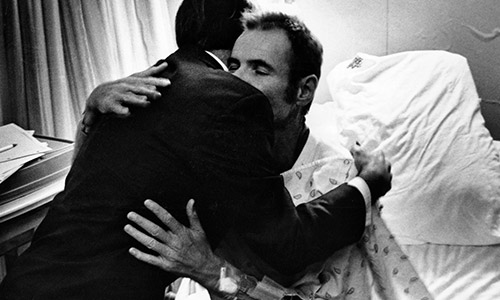
The First Case of AIDS
The disease is renamed Acquired Immune Deficiency Syndrome (AIDS). Canada reports its first case of AIDS in March. It is realized that the infection can be sexually transmitted and caused by HIV. Cases are reported in blood transfusion recipients.
1983

Women Can Become Infected
1983
1985
1985
The First Conferences on AIDS
The first International Conference on AIDS is held in Georgia, USA. The first Canadian Conference on AIDS is held in Montreal.
1986

From Mother to Child
It is discovered that HIV can be passed from mother to child through breast-feeding.
1986
1987
1987

Anti-retroviral drug, AZT Approved
1988

World AIDS Day
The first World AIDS Day is held on December 1st, 1988.
1988
1990
1990

People Living With HIV
Between 8-10 million people are estimated to be living with HIV worldwide.
1991
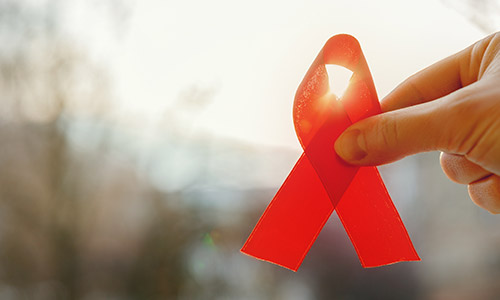
Symbol of AIDS Awareness
The red ribbon became the international symbol of AIDS awareness, intended to be a symbol of compassion for people living with HIV and their carers.
1991
1996
1996

Dr. Mark Wainberg contributes to development of 3TC
CANFAR-funded researcher Dr. Mark Wainberg contributed to the development of 3TC, a drug being used to treat HIV. This was a combination drug therapy, which brought about an immediate decline of between 60% – 80% in rates of AIDS-related deaths and hospitalization for patients who could afford it. There are an estimated 23 million people living with HIV and AIDS worldwide.
1999
Troubling Statistics
The World Health Organization announces that AIDS was the fourth biggest cause of death worldwide and the number one killer in Africa. An estimated 33 million people were living with HIV, and 14 million people were recognized to have died from AIDS since the start of the epidemic.
1999
2000
2000
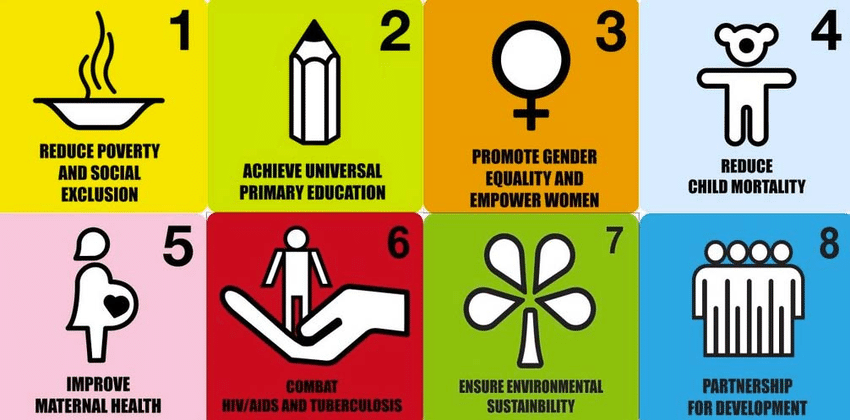
Millennium Development Goals
The UN adopt the Millennium Development Goals, which included a specific goal to reverse the spread of HIV, malaria, and TB.
Greater Access to HIV Medication
2003

Support for Countries with High Infection Rates
The US creates the United States President’s Emergency Plan for AIDS Relief (PEPFAR), to provide $15 billion over five years to countries with high infection rates.
The World Health Organization announces the “3 by 5” initiative to bring HIV treatment to 3 million people by 2005.
2003
2010

HIV Progression
CANFAR-funded researcher, Dr. Kelly McDonald unveils a new HIV vaccine candidate that can reduce, and in some cases prevent, HIV progression.
2010
2011
2011
The Berlin Patient
Confirmation is published that Timothy Ray Brown is cured of HIV, four years after completing treatment.
Photo Credit: Timothy Ray Brown (left) with the German hematologist who did the transplant that cured him. Photo by Robert Hood / Fred Hutch News Services.
Greater Access to HIV Medication
2012

PrEP
The FDA approves HIV preventative drug pre-exposure prophylaxis (PrEP) for individuals at high-risk for HIV infection.
Legal Duty to Disclose
Despite growing scientific evidence that HIV treatment dramatically reduces the risk of transmission when the viral load is undetectable, the Supreme Court of Canada rules that an HIV-positive person has a legal duty to disclose his or her HIV status to a sexual partner before having any sex that poses a “realistic possibility” of HIV transmission.
2012
2014
2014
90-90-90 Targets
UNAIDS launched the 90-90-90 targets, which aim for 90% of people living with HIV to be diagnosed, 90% of those diagnosed to be accessing medical treatment, and 90% of those accessing treatment to achieve viral suppression by 2020. UNAIDS established “Fast Track” targets to dramatically scale-up HIV prevention and treatment programs to avert 28 million new infections and end the epidemic as a public health issue by 2030.
2015

90-90-90 endorsement
Canadian Federal Health Minister, Jane Philpott, endorsed the UNAIDS 90 90 90 targets for Canada.
